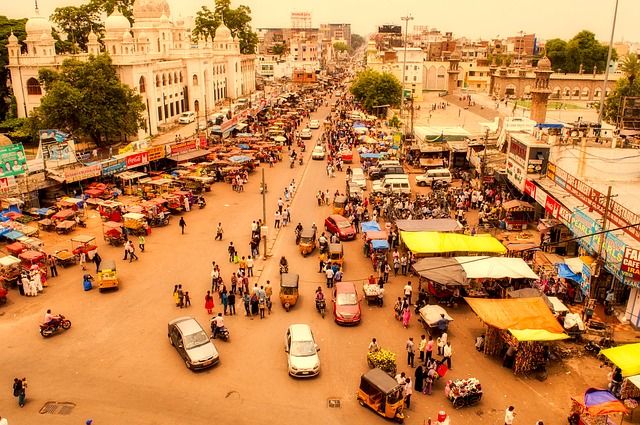
Employment is central to India’s ongoing parliamentary elections. Practically every survey has found jobs to be the primary concern for voters across all demographic groups and in almost all states.
Since 1991, India’s per capita output has increased significantly, while the overall unemployment rate has remained low. However, labor force participation rates have fallen sharply, especially for women. Youth unemployment remains stubbornly high, an overwhelming proportion of the labor force continues to work in the informal sector, and there is little evidence of a sustained rise in wages for either unskilled rural or factory workers. While it is generally accepted that the employment elasticity of GDP growth is low and probably falling, an acrimonious debate rages over whether the employment situation has worsened in the last five years. The acrimony arises due to a common perception that the incumbent government has suppressed inconvenient employment statistics and politicized India’s statistical agencies.
India adds an estimated 15 million to its workforce annually. According to the Centre for Monitoring the Indian Economy, there was no net job creation during 2018. During 2017, merely 1.8 million jobs were added, while, for 2016, the corresponding figure was 1.4 million. According to the Annual Employment-Unemployment Survey carried out by the government’s own Labor Bureau, the unemployment rate was 3.7% in 2015–2016. The government has withheld a subsequent report for 2016–2017, the last year for which this survey was carried out. Periodic surveys by the National Sample Survey Office (NSSO) constitute the most comprehensive guides to the Indian labor market. The latest such report has been withheld by the government as well. It was however leaked to the press. The report found that unemployment had hit a 45-year high of 6.1% in 2017–2018, up from 2.2% in the previous (2011–2012) estimate. Traditionally, people with at least secondary education have constituted the demographic with the highest rate of unemployment in India. This pattern was further accentuated in 2017–2018. The suppression of this report led to the resignation of two members of the National Statistical Commission. Furthermore, a statement was issued by 108 economists and statisticians, decrying what they perceived as political interference in the functioning of India’s statistical agencies.
Critics point to the government’s demonetization exercise in 2016 as its principal sin, along with procedural glitches in rolling out a country-wide goods and services tax. Supporters claim that the respectable GDP growth rates (6.5–7.5%) achieved must imply significant job creation, and that more jobs will be generated soon due to the government’s investment in infrastructure.
Job scarcity in India finds political articulation in demands for quotas in the public sector for an ever expanding set of caste groups. Whether the new government will adopt a substantial policy package for employment expansion, or merely bring yet more groups within the ambit of caste quotas, and/or expand the coverage of such quotas to the private sector, remains to be seen. But one way or another, the employment question will shape Indian politics for a long time yet.
© Indraneel Dasgupta
Read Indraneel Dasgupta and Saibal Kar’s article, “The labor market in India since the 1990s.”
Please note:
We recognize that IZA World of Labor articles may prompt discussion and possibly controversy. Opinion pieces, such as the one above, capture ideas and debates concisely, and anchor them with real-world examples. Opinions stated here do not necessarily reflect those of the IZA.